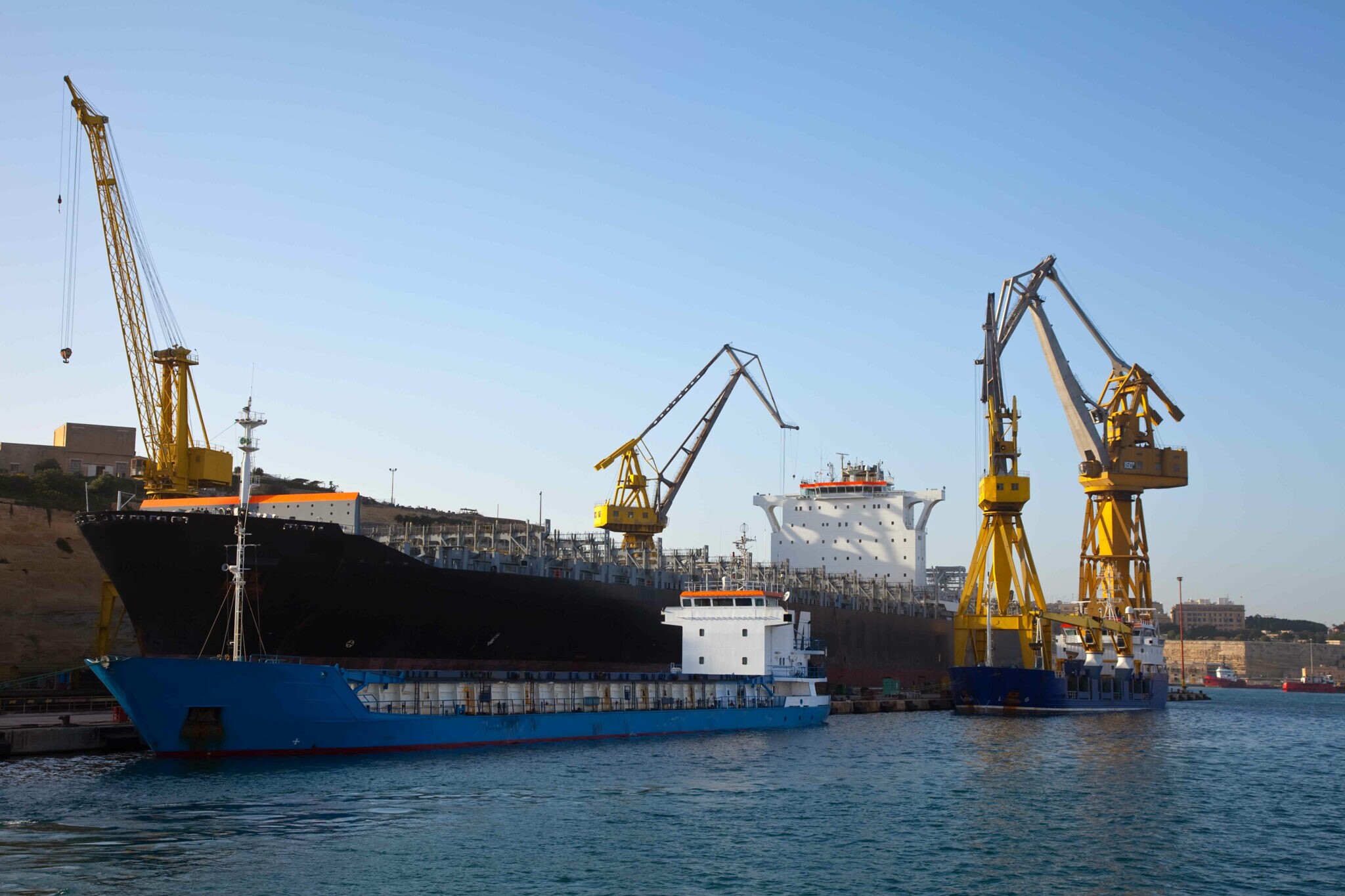The volatility of crude oil prices has captured the attention of charterers, ship owners and operators alike as we move into 2024.
Crude oil price fluctuations can significantly affect operational costs and the profitability of a trade, influence chartering rates, and require adjustments to budget forecasts.
This blog post aims to analyze the recent reasons for fuel cost volatility and suggest some solutions, including how SoF data can support charterers with better voyage planning and forecast with accuracy.
The Oil Market Ups and Downs
If you have been following the price of a barrel of crude oil lately, you’ll have noticed some volatility since the beginning of 2024.
What has caused this? Here are a few of the main reasons:
- OPEC+ production cuts: OPEC+ has implemented production cuts, helping to support prices by reducing global supply and directly impacting price movements.
- Geopolitical tensions: The Middle East region – especially tensions in Israel and Iran – have caused temporary price spikes due to supply security concerns.
- Global demand outlook: Uncertainty around oil demand recovery, especially for China, has influenced price volatility. Weak demand has put downward pressure on prices.
- Non-OPEC supply growth: Growth from non-OPEC producers (such as the U.S. shale industry), has impacted the supply-demand balance and prices.
- Russian sanctions impact: The ongoing sanctions on Russian oil trade have contributed to price volatility.
The U.S. Energy Information Administration (EIA) expects “voluntary OPEC+ crude oil production cuts and ongoing geopolitical risks will keep the Brent crude oil spot price near $90 per barrel for the remainder of 2024 before falling to an average of $85/b in 2025 as global oil production growth picks up.”
A new report from Deloitte is saying that global oil prices will be, “stuck at low levels for the next couple of years. The analysis…released Tuesday predicts an average West Texas Intermediate (WTI) price — typically regarded as the benchmark for crude oil — of $72 US per barrel this year.”
Impact on Charterers: Managing Risks and Costs
Volatility – either up or down – significantly increases uncertainty and risk for ship owners and operators. This makes it difficult to:
- optimize operations
- manage costs effectively
- secure favorable long-term contracts or financing.
Unfortunately, volatility in crude oil pricing is a major component in voyage planning and risk management. Besides having a great impact on petrochemical manufacturers, crude oil is also distilled to create bunker fuel oil, used by large vessels to run the main propulsion engines.
Operational costs for vessels are numerous and complex. However, fuel costs to operate the ship represent on average, 35 to 40% of these costs.
For example, fuel oil for main engines and generators on board a Panamax tanker consumes approximately 63,000 gallons.
Furthermore, the largest ships carry more than 6,000 tons of low-sulfur heavy oil for the main engine alone. Low-sulfur heavy oil grade bunker fuel is approximately $725 a metric tonne. That’s a $5-million dollar fill up.
Fuel consumed by the main engine depends for the most part on its speed. Most ships have top speeds ranging from 20 to 25 knots (a knot is approximately 1.852 km/h). Many major carriers have reduced ship speeds to 19 knots through slow steaming since the 2008-2009 recession.
Lower speeds save fuel, but there are trade-offs. They include a longer sailing time or the number – or size – of ships on a particular route needs to be increased to maintain schedules.
But it’s not an ideal solution because often, the savings in one area leads to other costs elsewhere. For example, profit margins are compressed due to longer voyages, and these costs are then passed on to charterers through higher freight rates.
There is a direct correlation between bunker prices and freight rates charged by shipping companies. When bunker prices rise, shipping lines seek to recover the increased costs by implementing bunker surcharges or adjusting freight rates upwards.
How Statement of Facts Data Can Help
To get hold of the volatility of the oil market, using historical data can be a powerful tool for charterers that need more control over trade lanes and freight costs.
This data is readily available through the Statement of Facts (SoFs) document, which contains valuable information around congestion and port efficiency. When properly matched and analyzed, this can be very helpful to predict future trends and patterns at ports or trade routes and future freight rate fluctuations, as well as a glimpse of the financial impact of each charter party clause.
To learn more about how the Statement of Facts (SoFs) can provide greater efficiency, open a world of data-driven decision making, take a look at our recent release How to Benchmark Performance with SoF Insights.

